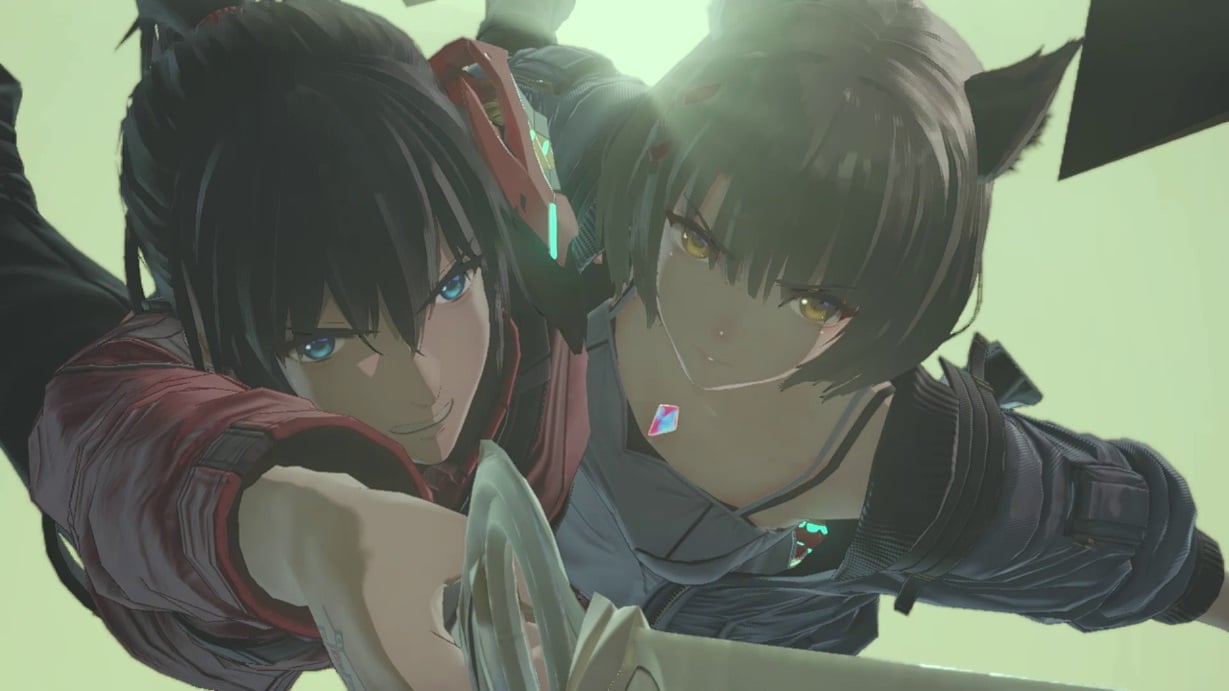
Summary:
Discover how Monolith Soft aims to revolutionize expressions in video games with Xenoblade Chronicles 3. We delve into Tetsuya Takahashi’s vision for immersive storytelling, character dynamics, and emotional depth. Explore the journey towards creating captivating verbal exchanges and non-verbal cues that transcend traditional video game grammar. Join us as we unravel the significance of expressive storytelling in gaming and Monolith Soft’s pursuit of elevating player engagement through enhanced expressions.
Expressions in Xenoblade Chronicles 3
Expressions play a crucial role in shaping the player’s emotional connection and immersion within video game narratives. From facial expressions to body language, these elements contribute to character depth and storytelling effectiveness.
Tetsuya Takahashi’s Vision for Xenoblade Chronicles 3
Tetsuya Takahashi, co-founder of Monolith Soft and executive director of Xenoblade Chronicles 3, emphasizes the importance of expressions in shaping the future of gaming. He envisions a gaming experience where verbal and non-verbal cues create compelling narratives.
With each installment of the Xenoblade series, Monolith Soft refines its approach to cutscene direction, aiming to create more immersive and cinematic experiences for players. Through meticulous attention to detail and storytelling techniques, the team strives to elevate the impact of every scene.
Evolution of Character Models
Xenoblade Chronicles 3 showcases the most expressive character models yet, reflecting Monolith Soft’s dedication to realism and emotional authenticity. The evolution of character design enables deeper connections between players and in-game characters.
Takahashi highlights the significance of verbal exchanges in driving narrative progression and character development. By crafting dialogue that resonates with players and feels natural, Monolith Soft aims to enhance immersion and engagement.
Emphasizing Non-Verbal Communication:
In addition to verbal exchanges, non-verbal communication plays a vital role in conveying emotions and intentions. Monolith Soft seeks to explore innovative ways to incorporate nuanced gestures, facial expressions, and body language into gameplay experiences.
Challenges in Achieving Expressiveness
Despite advancements in technology, game developers face challenges in replicating the subtleties of human expressions. Overcoming technical limitations and striking a balance between realism and stylization remain ongoing pursuits for the industry.
Monolith Soft is committed to pushing the boundaries of expressiveness in gaming. By integrating feedback from players and leveraging advancements in technology, the team aims to continuously improve the quality of storytelling and character portrayal.
Takahashi suggests exploring a diverse range of media, including films and television series, for inspiration in crafting expressive narratives. Drawing from various sources allows developers to glean insights into effective storytelling techniques and character dynamics.
Conclusion
As technology evolves and storytelling techniques continue to mature, the future of gaming holds immense potential for expressive storytelling. Monolith Soft’s dedication to innovation and creativity paves the way for immersive gaming experiences that resonate deeply with players.
FAQs
- 1. How does Xenoblade Chronicles 3 differ from its predecessors in terms of expressions?
- Xenoblade Chronicles 3 builds upon the foundation established by previous titles, introducing enhanced cutscene direction, character models, and dialogue to create a more immersive and emotionally resonant experience.
- 2. What challenges do game developers face in achieving expressiveness in video games?
- Game developers encounter challenges related to technical limitations, balancing realism with stylization, and replicating the subtleties of human expressions convincingly within the digital medium.
- 3. What role do verbal exchanges play in driving narrative progression?
- Verbal exchanges serve as a catalyst for narrative development and character growth, allowing players to immerse themselves in the story and forge deeper connections with in-game characters.
- 4. How does Monolith Soft plan to improve expressiveness in future gaming projects?
- Monolith Soft is dedicated to continuous improvement, leveraging player feedback and technological advancements to refine storytelling techniques, character portrayals, and overall gaming experiences.
- 5. What sources of inspiration does Tetsuya Takahashi recommend for crafting expressive narratives?
- Tetsuya Takahashi suggests exploring a wide range of media, including films and television series, to gain insights into effective storytelling techniques and character dynamics that can be applied to gaming.













